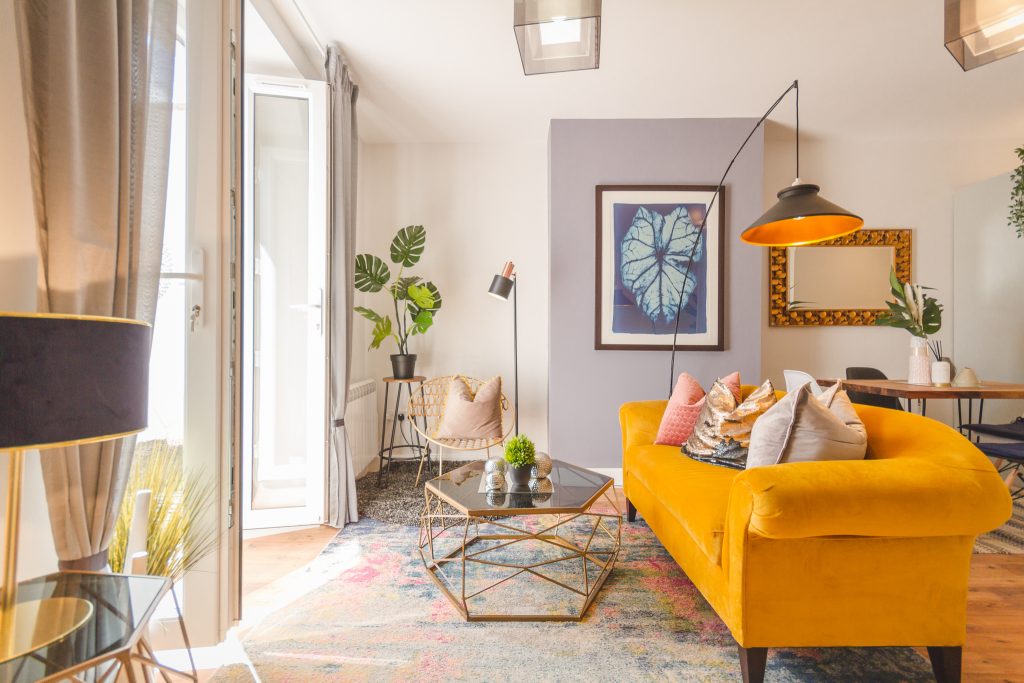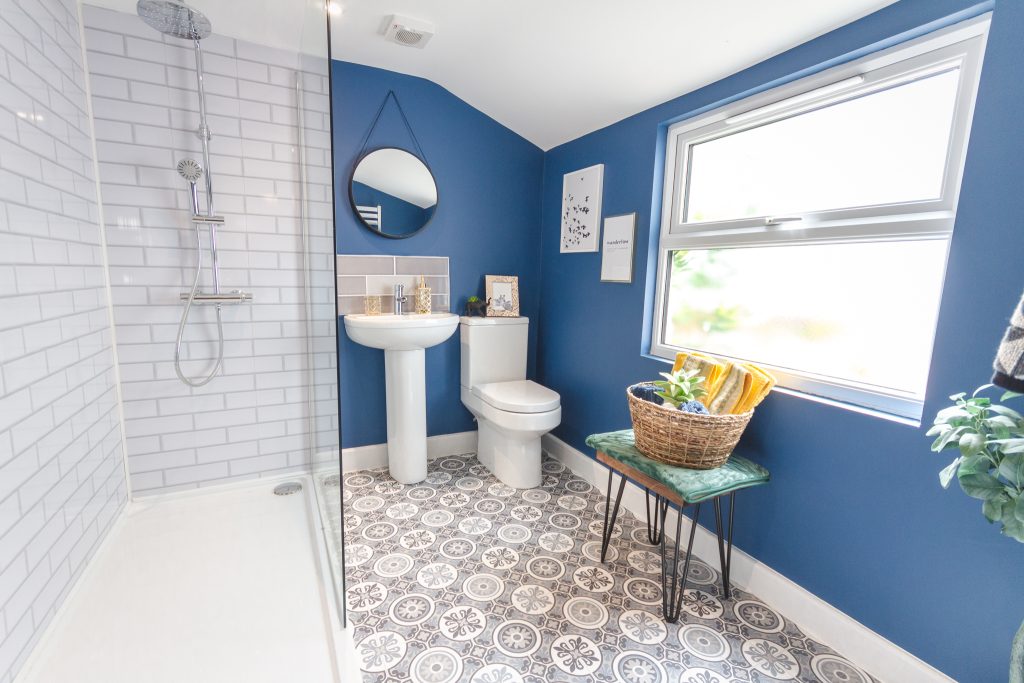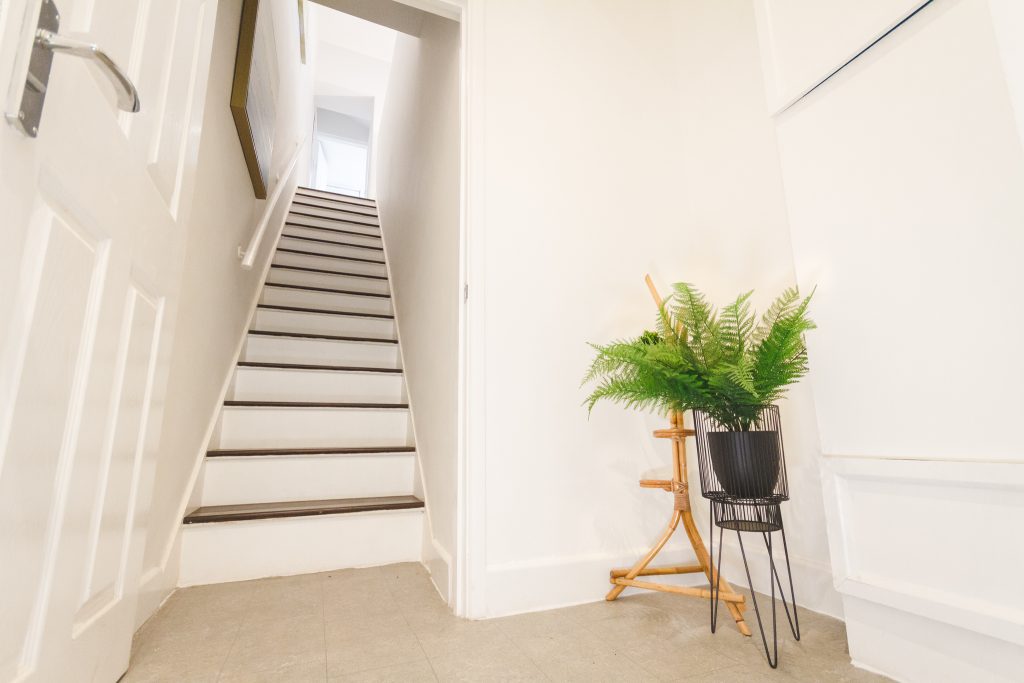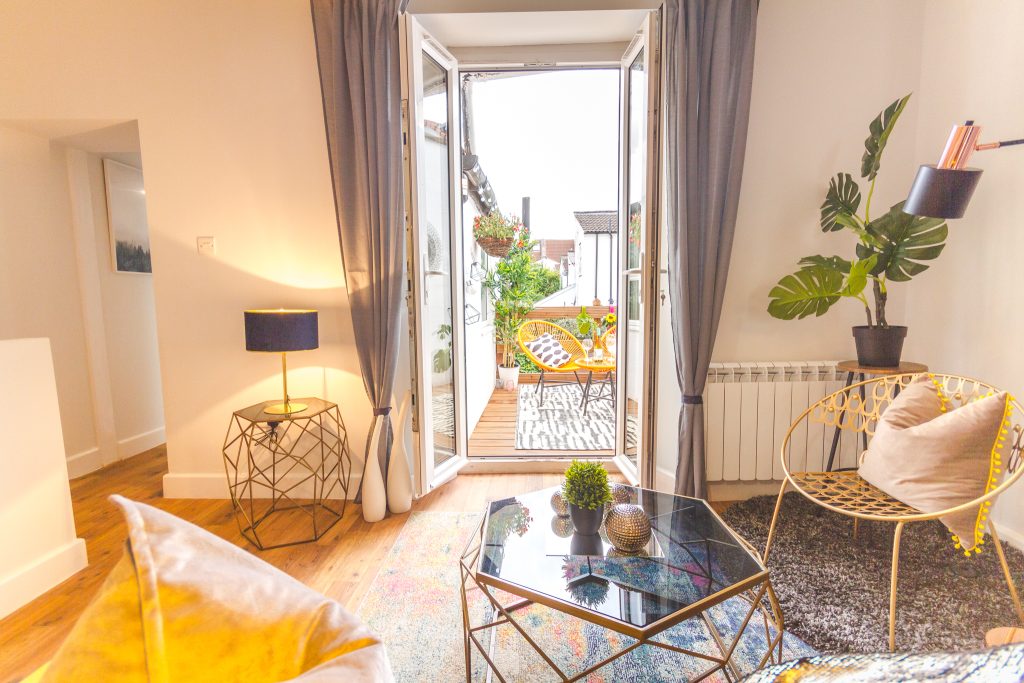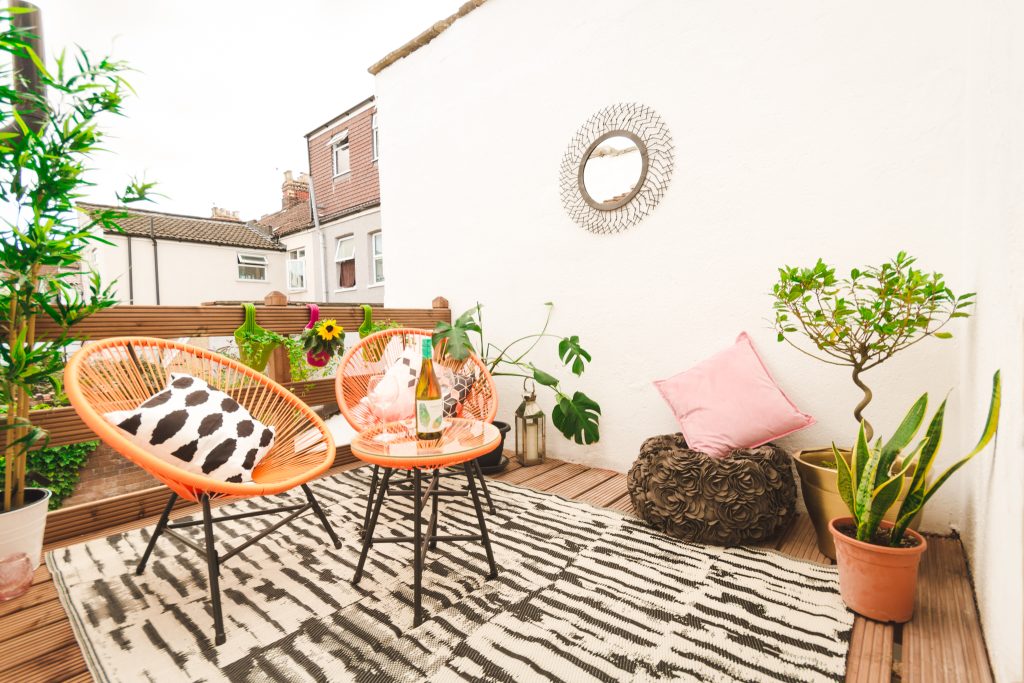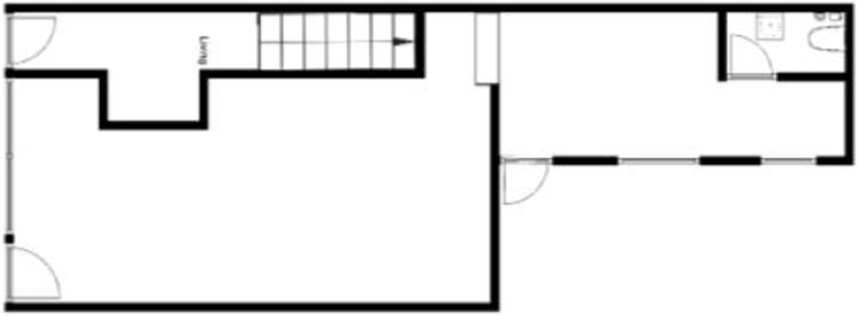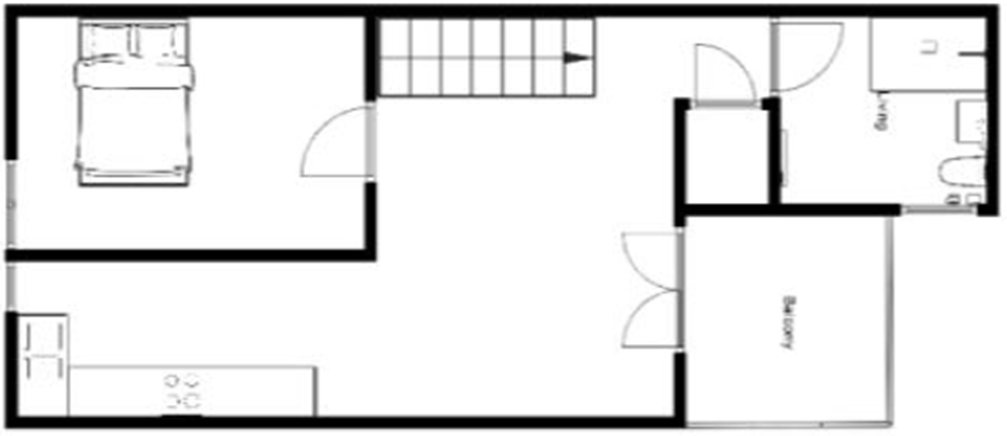· PP: £140,000
· Work Costs: £74,450
· Total Costs: £214,450
· End Value: £285,950
· Profit: £71,500
· ROCE*: 33%
*Return on Capital Employed
The Property
This was a single mixed use commercial property which we bought in November 2019. The property had lasted as a newsagent for over 100 years and passed through four different owners. The upstairs flat had not been used for decades and was in need of heavy renovation works. The property is situated in a very popular part of Church Rd in St George, an area of Bristol that has been enjoying strong gentrification for a number of years.
The Plan
Although unlikely to be given permission, the most lucrative option was to turn the shop into a downstairs flat and separate the two titles. This was therefore plan A. Plan B was to separate the upstairs flat from the shop by adding a separate flat entrance to the building and separating the utility feeds. Planning permission was submitted for both options simultaneously and following the rejection of Plan A, we delivered Plan B. This included:
- A new facia with separate entrances for the shop and the flat.
- A repositioned staircase and partitioned corridor for flat access.
- Reconfiguration of the flat walls.
- New windows, doors, kitchen and bathrooms.
- Full re-wire and new plumbing.
- A large terrace balcony for the flat.
Lessons Learnt
When it comes to figures the project was hugely successful. There were however far more learning points than we would have liked!
- Planning delays. Work did not begin until 6 weeks after completion of the purchase. This was due to the time taken for planning permission to be granted. Instead of applying for planning after taking the property, we now request permission from the sellers to examine the property following the auction in order to apply for planning immediately. This will enable us to begin works sooner after completion of the purchase.
- You get what you paid for. When working on a new type of project or with new builders, we get three quotes for the proposed works from three separate contractors. In this case, one was significantly lower and the builder had a reasonable track record so we chose him. Having squeezed his own margins too tight, the builder struggled to afford the labour. The COVID lockdown compounded this. The builder therefore rushed the second half of the project and so additional money had to be spent on putting the problems right. High Stone now uses quantity surveyors and interrogates a builder’s plan and history closely.
- Single skin walls. The external wall of the bathroom in the flat was one brick thick. While this is accepted by some mortgage companies in normal practice, the COVID induced volatility of the market led to all mortgage companies raising their standards to only accept double skin walls. This cost time and money. From now on, all single skin walls will be made double as a standard procedure.
Lessons Retained
- Create an outdoor space for all residential properties where possible. Following the surge in demand for out door space during the COVID period, we decided to install a large balcony (3×3 metres). This separated the flat from much of the competition and attracted an immediate offer £15,000 above our target price.
- 3rd Party wall agreements. This was required as part of the installation of the balcony. We offered to provide separate support for the balcony to reduce the stress on the party wall from which the balcony would be suspended. The neighbour instead chose to dispute the proposal and while it meant we would still be able install the balcony, the dispute cost money and time. We will always look to complete 3rd party wall agreements as early as possible. Where possible, to avoid the expense of a formal dispute, we will offer perks to the neighbour if they agree to sign it without involving the surveyors.
- Twin-track Planning Applications. Plan A (the creation of two flats instead of a separate flat and shop) was unlikely to be successful, but the reward of such a project justified applying for planning anyway. Aware of the likelihood of Plan A being rejected, we applied for planning permission for Plan B simultaneously. This meant we received responses to both applications around the same time and so were able to start work on Plan B as soon as Plan A was refused.
- Off market advertising of commercial space. On purchase of the property, we placed a sign in the shop window to advertise the commercial premises to let. This successfully secured a strong business tenant prior to completion of the project. This meant there was no void period between project completion and tenant take over.
- 3rd Party Monopolies. The installation of the water feed to the property must be done by the regional provider, in this case, Bristol Water. They had to work in conjunction with the council and traffic management department. We booked the site inspections with the utility network provider as early as possible. This was fortunate because multiple communication failures between these three parties meant that between them, they failed three times to do the work on three separate dates. This delayed the work by three weeks. In light of this, we place additional emphasis on bringing forward the utility installation works as much as possible on all future projects to minimise the impact of delays.
